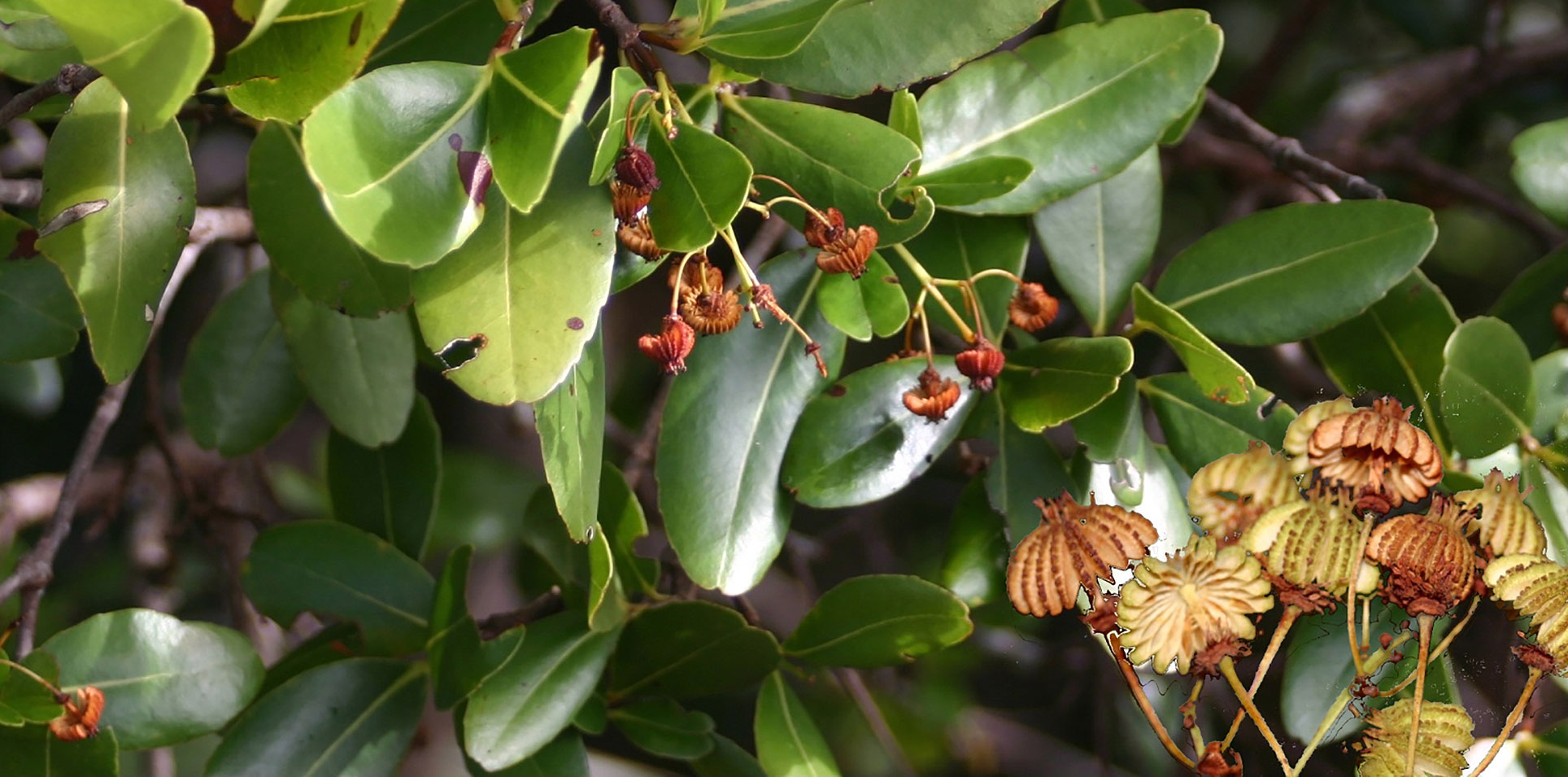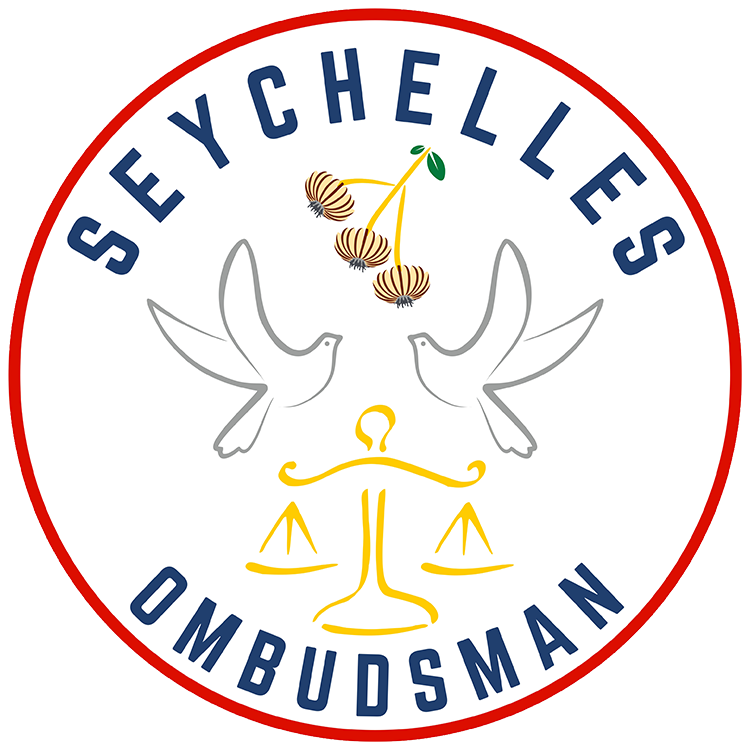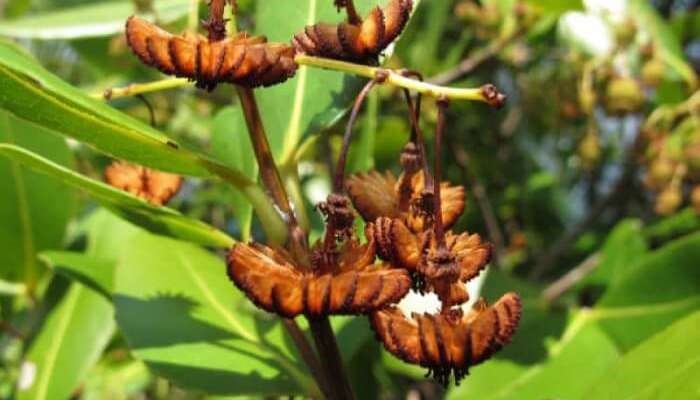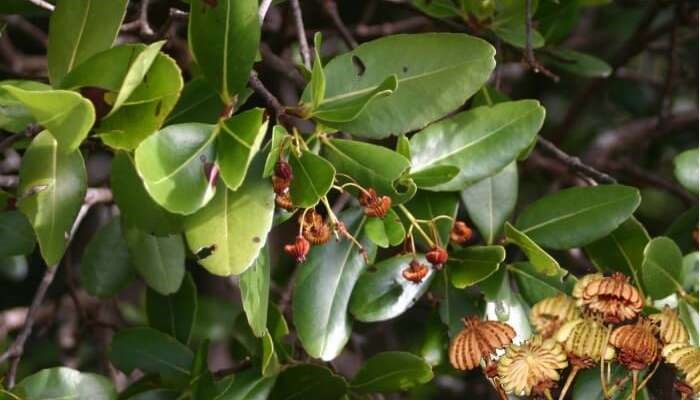THE FLOWER OF THE JELLY FISH TREE
The name Medusagyne oppositifolia
English botanist, John Gilbert Baker, named the tree ‘Medusagyne oppositifolia’ because the female reproductive parts of the flower resemble the snakes that form the hair of the monstrous Medusa, from Greek mythology.
The plant’s common name ‘Jellyfish tree’ was not of Baker’s doing. It came much later, probably because the fruits resemble a jellyfish in structure, but also because the Kreol Seselwa name Bwa Mediz, itself derived from the French word méduse meaning jelly fish in English, may have been Anglicized to produce the current vernacular.
Where does it grow?
Endemic to Seychelles, this unique and critically endangered species is found on exposed massive granite outcrops at 150–500m altitude now confined to inaccessible sites at low and intermediate altitudes only on Mahé Island. There are presently only some 30 catalogued specimens spread over four different parts of Bernica, Mont Sébert, Mont Copolia and Mont Jasmin within the Morne Seychellois National Park.
Conservation story
The Jellyfish tree is currently one of the rarest plant species in the world and is listed as ‘endangered’ by the International Union for Conservation of Nature.
It went missing for almost seventy years and was long thought to be extinct when scientists rediscovered a tiny population at a few places on Mahé Island in the 1970s.
Given its various properties seen only in dry climate plants species, scientists speculate that the plant originated from the Gondwana continent of which Seychelles’ granitic islands remain mid-ocean vestiges. Most of the known plants today grow on granite slopes just a few miles from the sea.
The fruits produce seeds that are dehisced in structure – a fissure opens up to release seeds that are dispersed by the wind. This is uncommon among plants on small oceanic islands as the seeds can easily be wasted if blown into the sea. Additionally, the seeds have a very short lifespan; adding to the plant’s endangered status.
Scientists and botanists are working to keep this unique species alive and avoid its extinction. Hand pollination experiments have produced numbers of viable seeds and local conservationists are hopeful that the Jelly Fish tree will continue to grace our unique natural environment for many more years.






